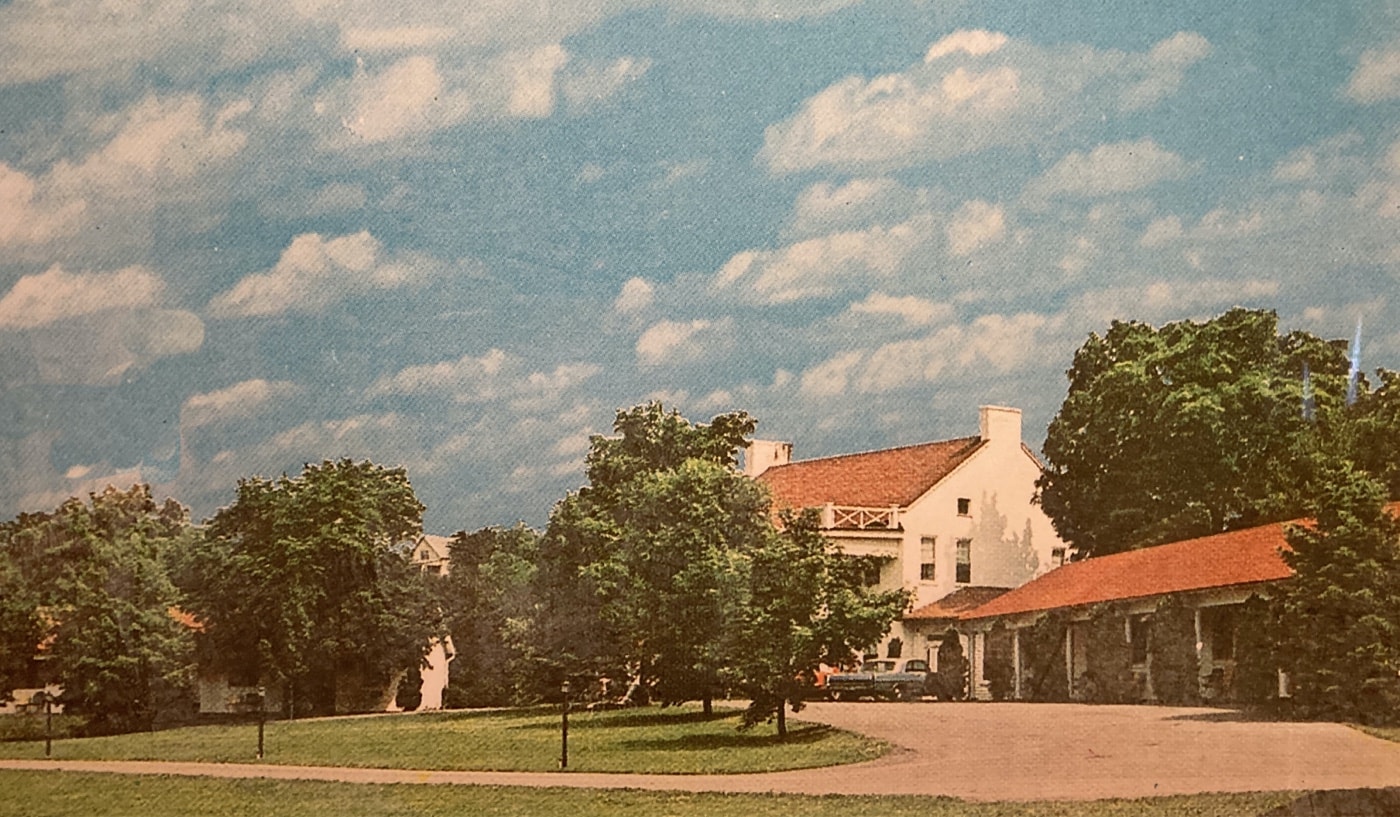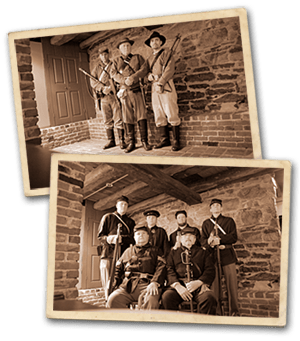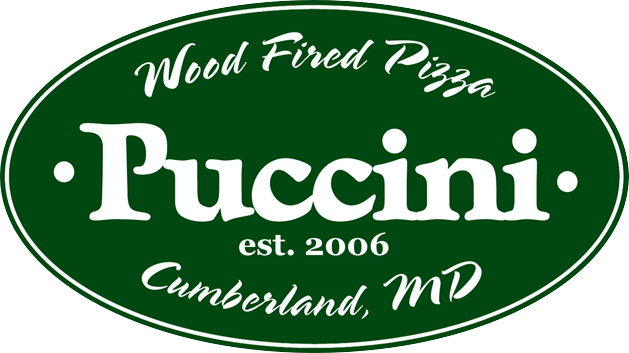History
Puccini Restaurant is located in the historic 1818 Hinkle House which served as a Civil War hospital during the Battle at Folck’s Mill.
1819
The House was built by Jacob Hoblitzel, on land that was a grant to Colonel William Lamar after the Revolutionary War
August 1st, 1864
The Battle Of Folk’s Mill Took Place Adjacent to the Property
August 2nd, 1864
The House, then owned by George Hinkle, was used as a temporary hospital for Union & Confederate soldiers
1933
George Fey added motel structures and named it The Colonial Manor Motor Lodge
Late 1940’s
George Fey purchased the property

Late 1970’s
The Gigliotti Family purchased the property and converted the main floor into an Italian restaurant called “L’Osteria” and the basement into “The Wine Cellar”
1997
Ed Mason purchased the property & began Uncle Tucker’s Wood Fired Pizza & JB’s Steak Cellar. Two separate restaurants in one amazing house!
2006 – Present
Home to Puccini Restaurant

The Battle of Folk’s Mill
The original house was built by Jacob Hoblitzel on land that was a grant to Colonel William Lamar after the Revolutionary War. Jacob Hoblitzel died shortly after building the home, and Colonel William Lamar then moved into it. Colonel Lamar died in the late 1830’s (either late 1837 or early in 1838).
The building was also used as a field hospital during the Battle of Folck’s Mill, August 1st and 2nd, 1864. Sketches & etchings by the soldiers who were patients during that period can still be seen in the attic (open to the public).
August 1, 1864, American history was in the making right at the front door of what is now Puccini Restaurant. The Battle of Folck’s Mill, Maryland’s westernmost Civil War battle, was fought practically outside its doors. After burning Chambersburg, PA on July 30, 1864, Confederate Generals John McCausland and Bradley T. Johnson ordered their troops to march toward Cumberland, MD. Their plans were to disrupt the B&O Railroad and demand a ransom from the town. They arrived at Folck’s Mill around three in the afternoon on August 1st where they were met by Union Brigadier General Benjamin F. Kelly and three divisions of untested “100-days” troops with six pieces of artillery. The battle was over within five hours and the Confederates were on the retreat towards West Virginia. The battle was called Folck’s Mill after John Folck’s family. Mr. Folck owned a grist mill, a saw mill and a copper shop. Directly across from Folck’s Mill was the home of George Hinkle, a farmer. After the battle, Hinkle’s home served as a temporary hospital for wounded soldiers, both Union and Confederate; It is now home to Puccini Restaurant.
After the Civil War the building fell into bad times. Sometime during the 1930’s and early ’40’s it was used as a distribution center for printed material by a religious group. In the late 1940’s George Fey purchased the property and made extensive changes. He demolished all of the outside buildings, including the barn, slave quarters and sheds. He changed the entrance location (which was facing Baltimore Pike, now Rt. 144) to face what is now Interstate 68, and he turned it into a beautiful home.
In 1955 George Fey added the present motels and named it “Colonial Manor Motor Lodge.” He and his wife conducted a successful motel operation for a number of years. After their death, their son Phil converted the basement into a bar which is the basic atmosphere that is still there today. Phil sold to the Gigliotti family in the late 1970’s and they converted the main floor into an Italian Restaurant, “L’Osteria”. They operated the motel and restaurant until 1997 when it was purchased by Ed Mason and he opend Uncle Tuckers. Finally in 2006, Puccini Restaurant was opened.
There are four rooms in the main dining level featuring artwork from local artists. Toscana and Calabria (both rooms are on the right when entering through the front door) have beautiful stained glass windows from the old St. Peter & Paul’s Monastery (demolished in the late 1990’s).
